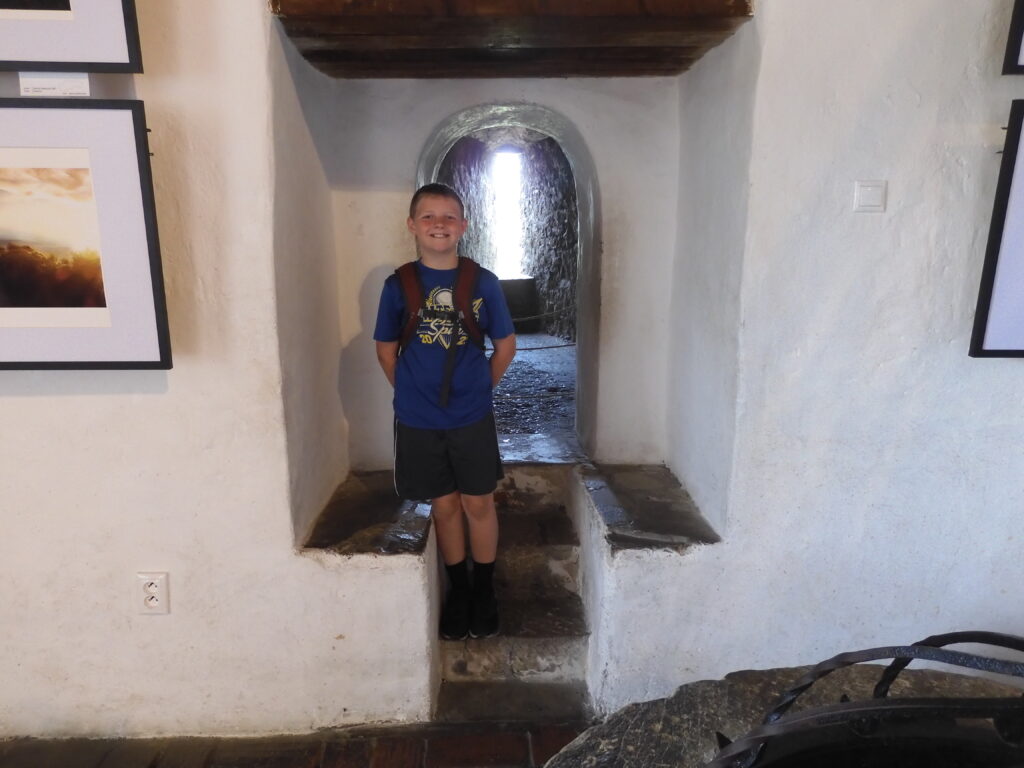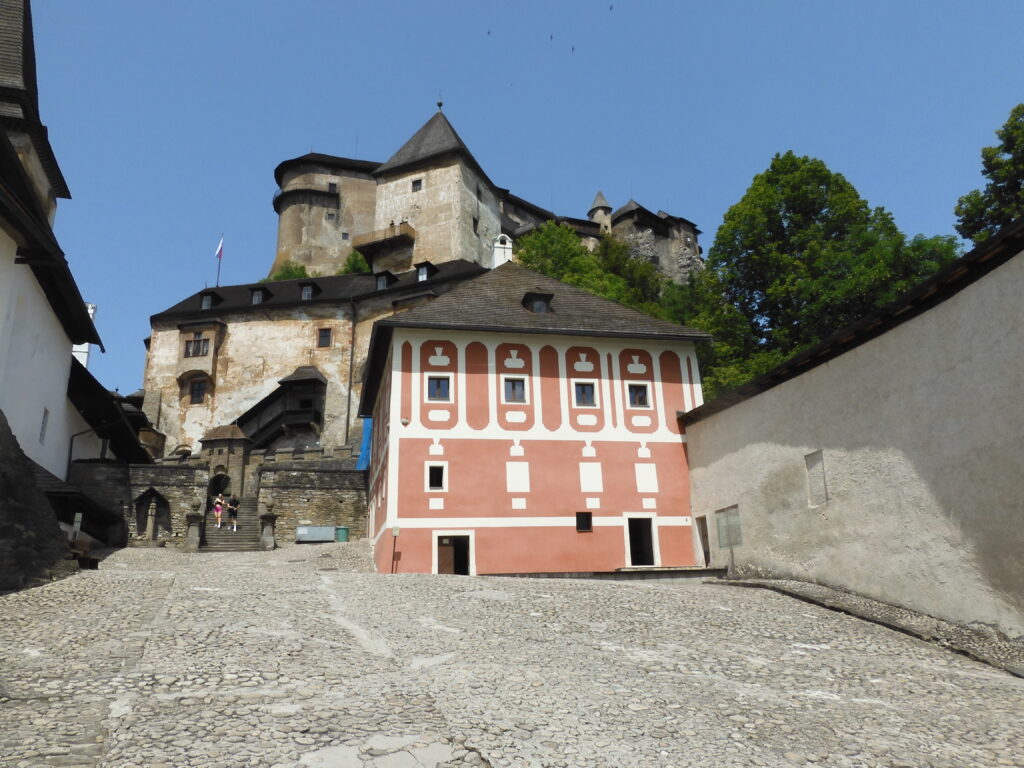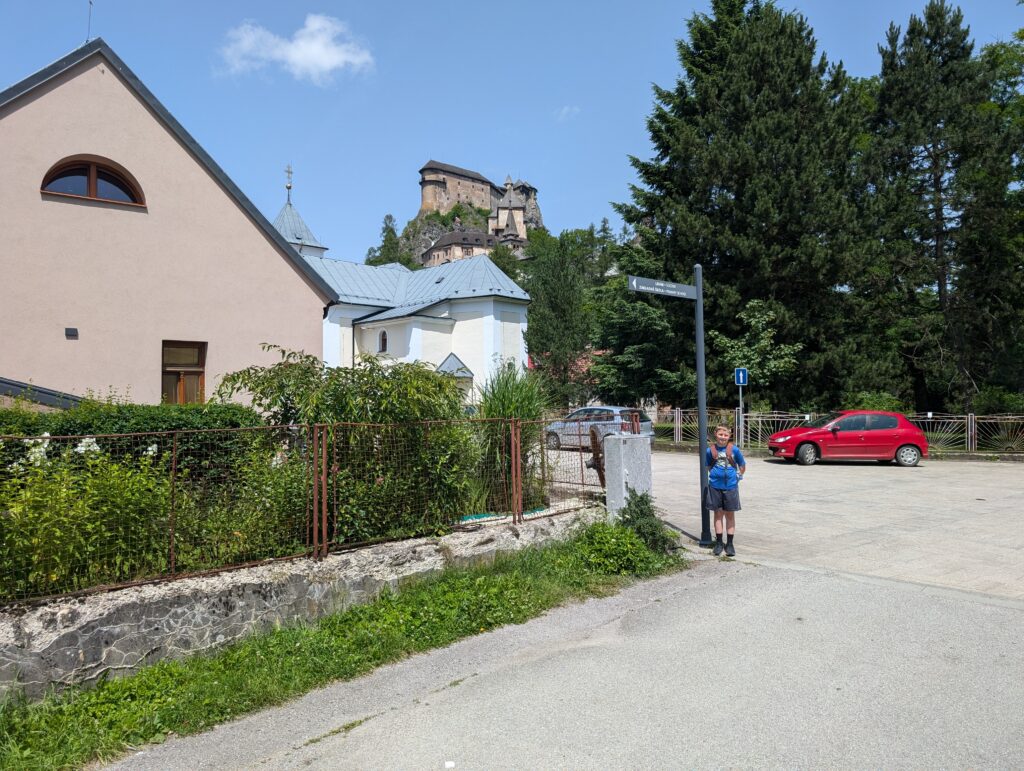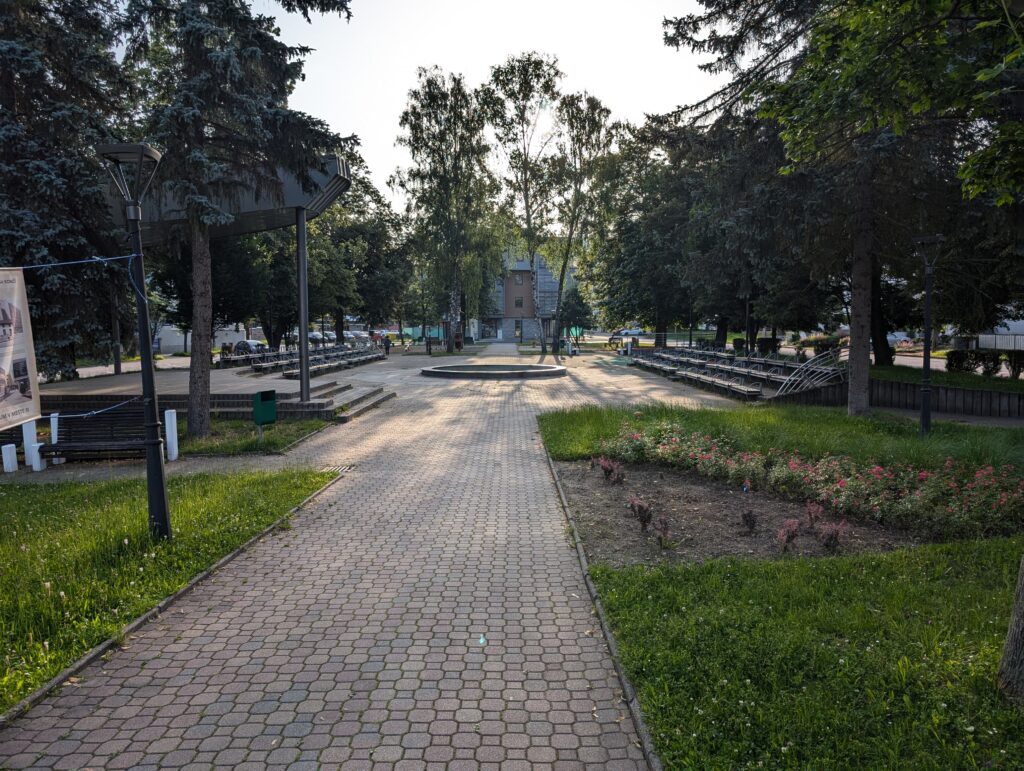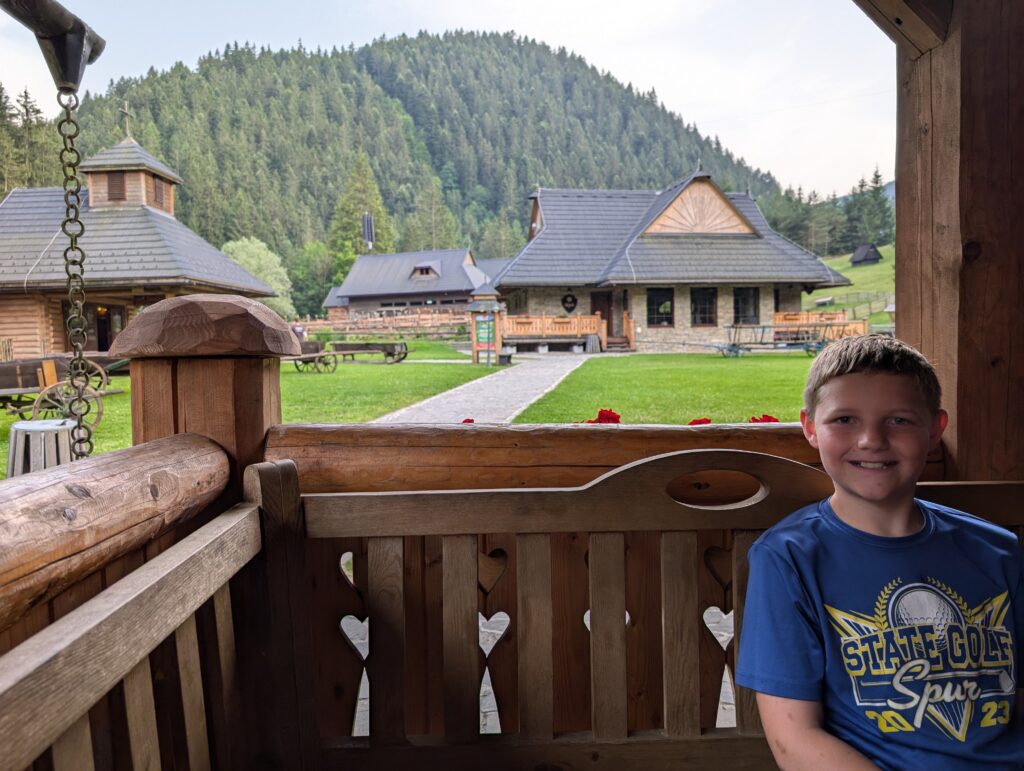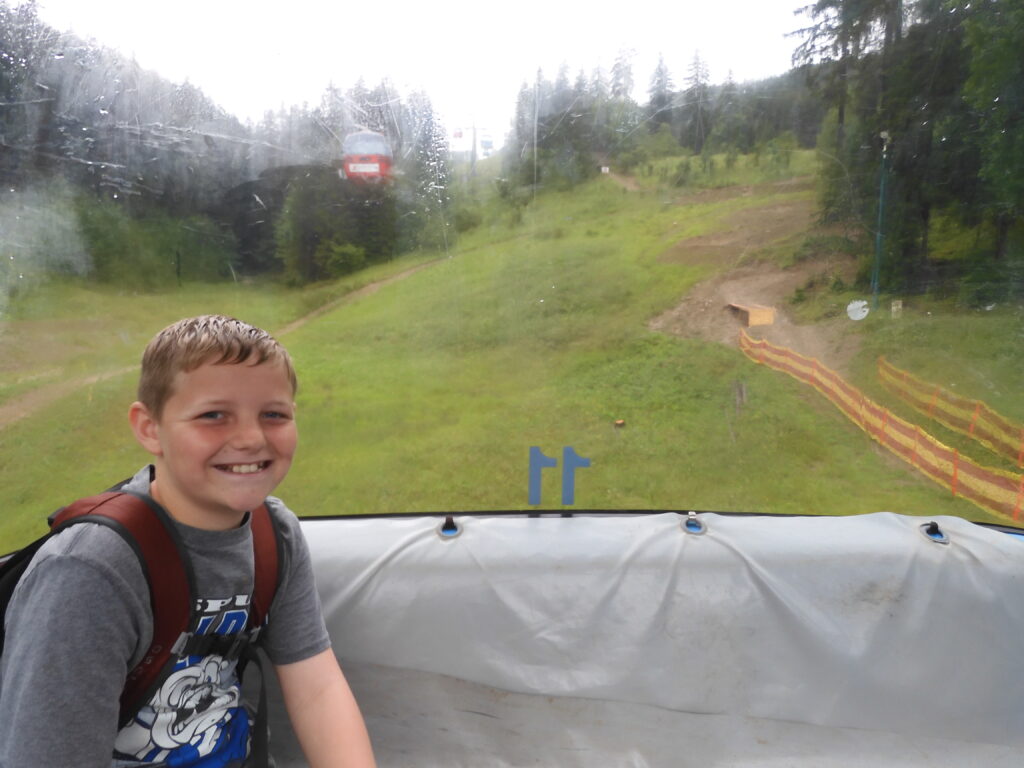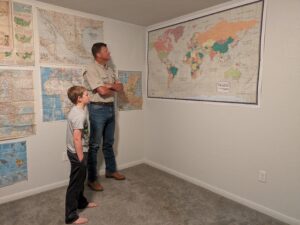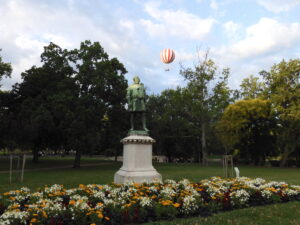Slovakia
A Mountain Town and a Smaller Castle
I didn’t really know where to go in Slovakia. I figured we would want to leave Poland after our Auschwitz visit, but it would be too late in the day to go all the way to Budapest, Hungary. I looked up the route we would travel long before we ever came near, and picked a random castle that looked cool and found an AirBnB at a nearby town. That is how we came to Ruzomberok. Ruzomberok is Slovak for Rosenberg, and is actually pronounced more like Rosenberg than you would think from the spelling. It is a town of about 27,000 people in a mountainous region of Northern Slovakia. It looks a lot like I would imagine rural Austria or Switzerland might look, but has Eastern European prices. We had an entire apartment here with more room than my whole big family would need for about $40 per night. Our room did not have air conditioning or even a fan, but it wasn’t that hot. We experienced one of the warmest days of the year, and temperature only hit 86F. Most locals don’t have air conditioners, so we did without it as well, and did not really miss it.
AirBnB asks you to message the host introducing yourself and letting them know why you are coming and what you plan to do. I told Pavol, our host, about our big trip and that we planned to visit Orava Castle. I did not really know how I was going to get to the castle, since it is in an even more rural area almost 30km from our apartment. Pavol met us at the AirBnB with a local bus schedule that isn’t available on the regular transportation websites. He showed us around the apartment and explained how and when to use the buses to get to the castle, which was really above and beyond the call of AirBnB host duty.
We ate from our groceries that night, as it was a little late anyway. We had eaten a lot en route while I used up my Polish Zlotys. I ran in the morning to get a feel for the town’s layout and waited for Caleb to wake when I got back. Our host-provided bus schedule worked great. We were about a mile from the bus station, so we still had to walk some. This was fine, though I could feel the 4.2 miles I put in running. After the train, we climbed a steep mountain to the castle. We climbed up to the castle, then mounted the 660 narrow twisting steep stairs to the upper bastion.
(Continued)
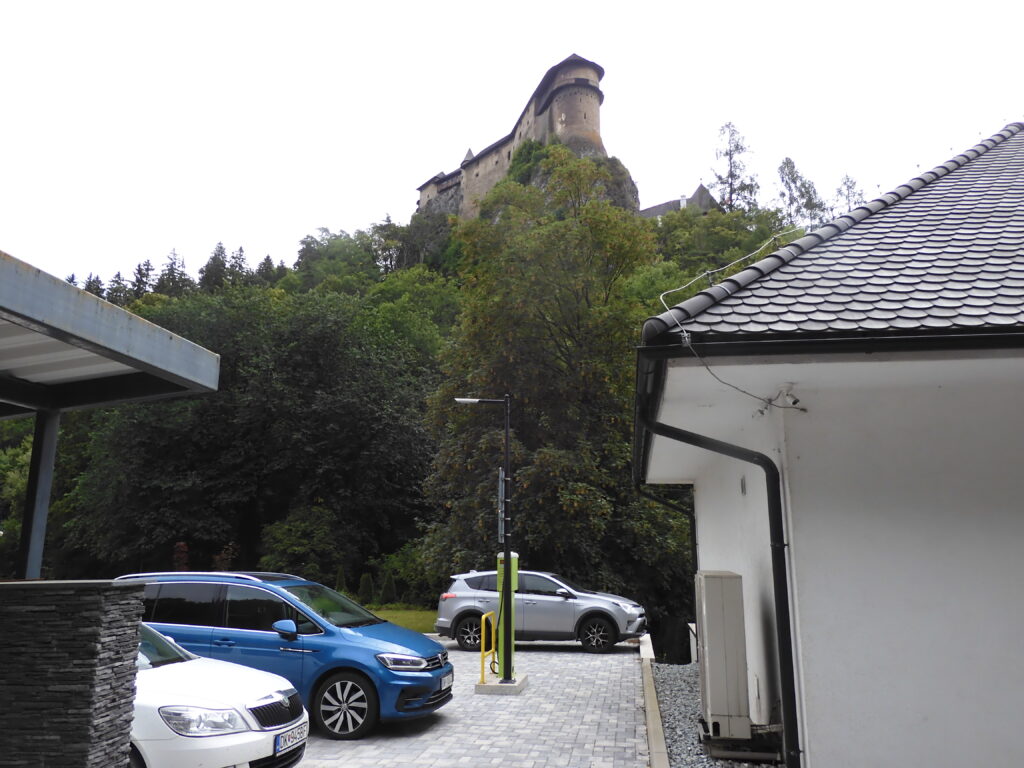
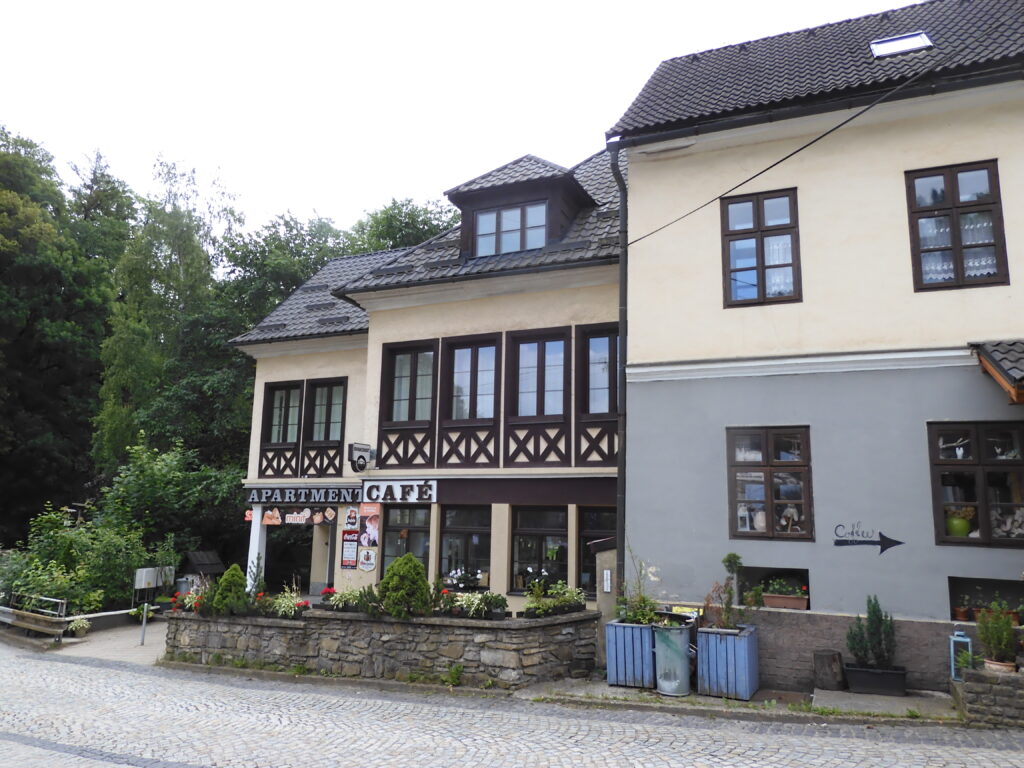

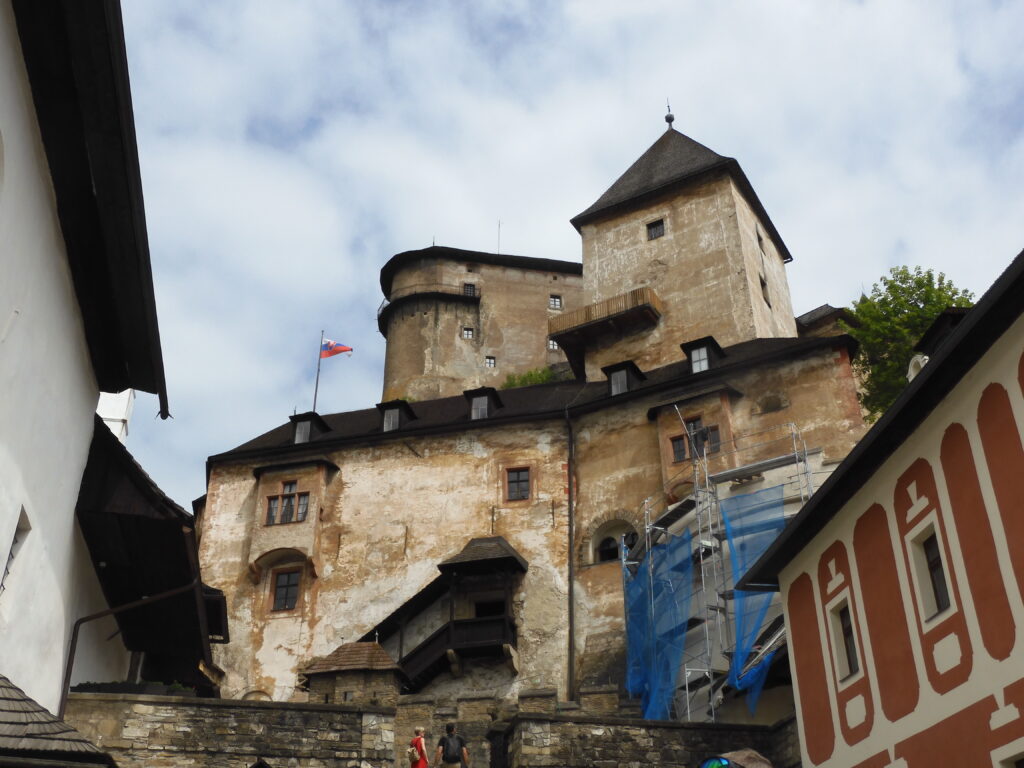
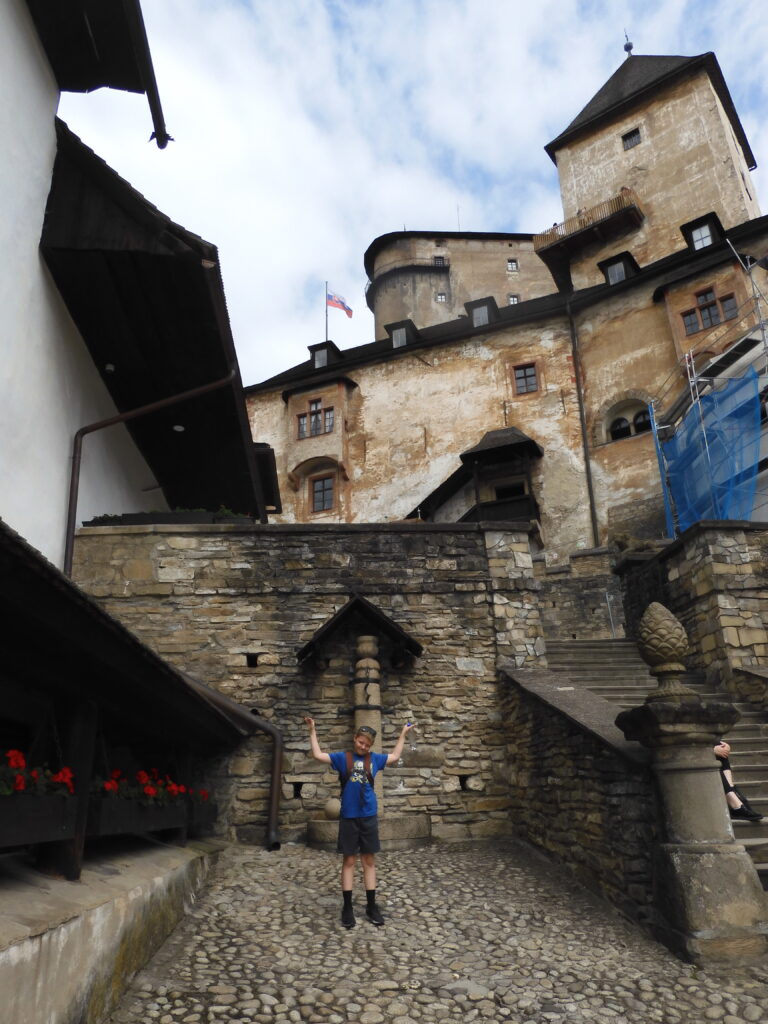
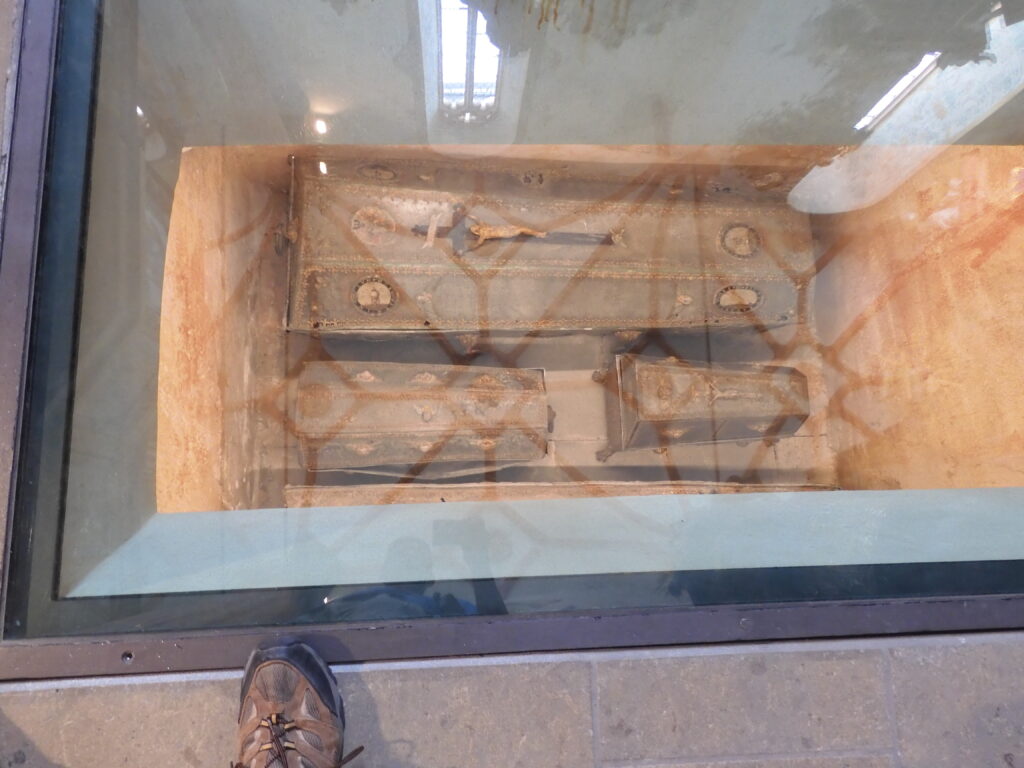
Orava Castle was never a royal palace, but served a duke and later a palatine of Hungary. Slovakia was ruled by Hungary for much of its history. Much of the work on this castle was done in the 13th century following a surprise invasion by Tartars in the 1240s. There had been a structure here before that, but the Tartar invasion made fortification a priority and the place was significantly beefed up then. In this era, there were no stairs to the upper bastion. Men had to use ropes and pulleys to get themselves up there. They had a cistern, or “rain water well,” as they called it to provide fresh water when defenders had to be confined to the castle. As with nearly all other castles, there were several layers of construction here.
For a smaller, lesser known castle, they had a surprising number of 18th century and older furniture. It is true, though, that the vast majority of their displayed furnishings were replicas. They had a crypt, but perhaps the most impressive element of this display was that they had discovered the Renaissance era caskets of a family of non-noble people of some wealth. The caskets themselves were intact and contained clothing from the family, including that from some youngsters who had died in childhood. The caskets were made of tin and decorated nicely. No no knows the whereabouts of the caskets of the noble family of Jorjas Thurzo who ruled the castle in the 1500s. These had apparently fallen to tomb raiders at some previous date.
They had several nice coaches on display, some torture devices – these really impressed Caleb – and a nice collection of daggers. For some reason, of all the weapons we had seen previously, there had been hardly any daggers. There were a few representative sets of replica armor, and pieces of small artillery. One unique display was the back side of an early modern tower clock, which you can see pictured. This castle had also been a filming site for several (relatively obscure) pictures over the years. Apparently, there was one very important film largely shot here. The 1922 German film, Nosferatu: A Symphony of Horror was an unauthorized adaptation of Brahm Stoker’s Dracula. In fact, Stoker’s family sued over this. Admittedly, this was a low budget film made for a German audience. Students of this genre, however, regard this as the first vampire film and in fact the template for the entire horror film genre. Who knew? The display indicated that it was difficult to identify Orava Castle in the film, as the director intentionally sought to make the location mysterious and so shot external scenes from several different angles. That’s my disclaimer in case anyone decides to watch Nosferatu as a fact checking expedition.
(Continued)

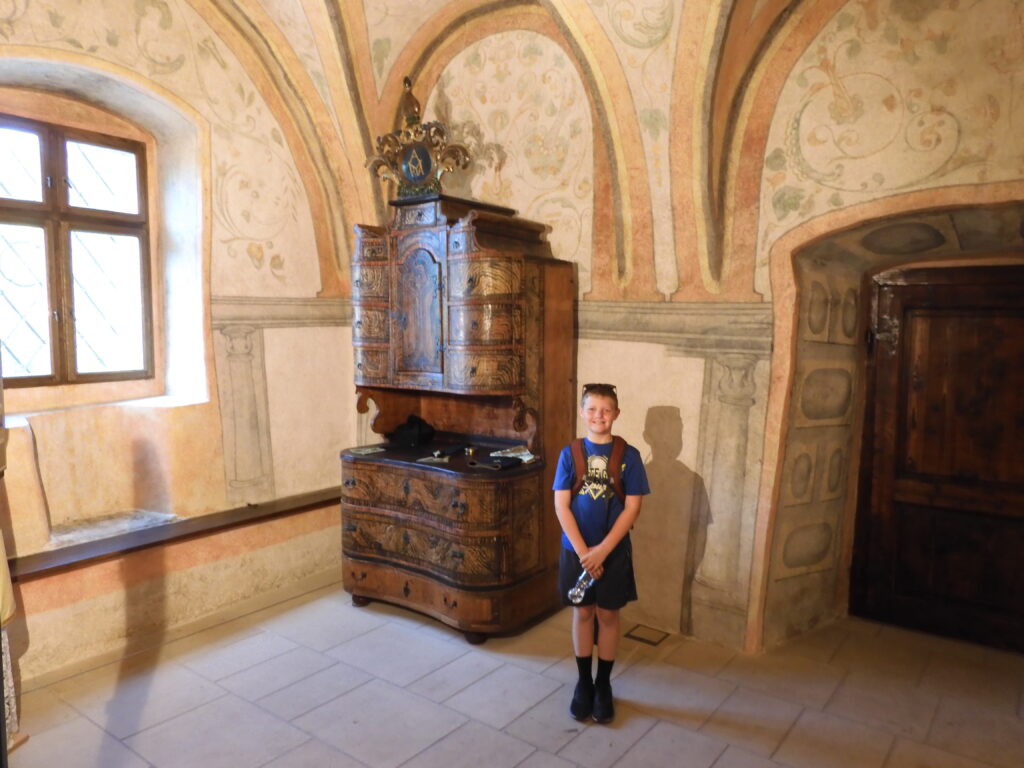

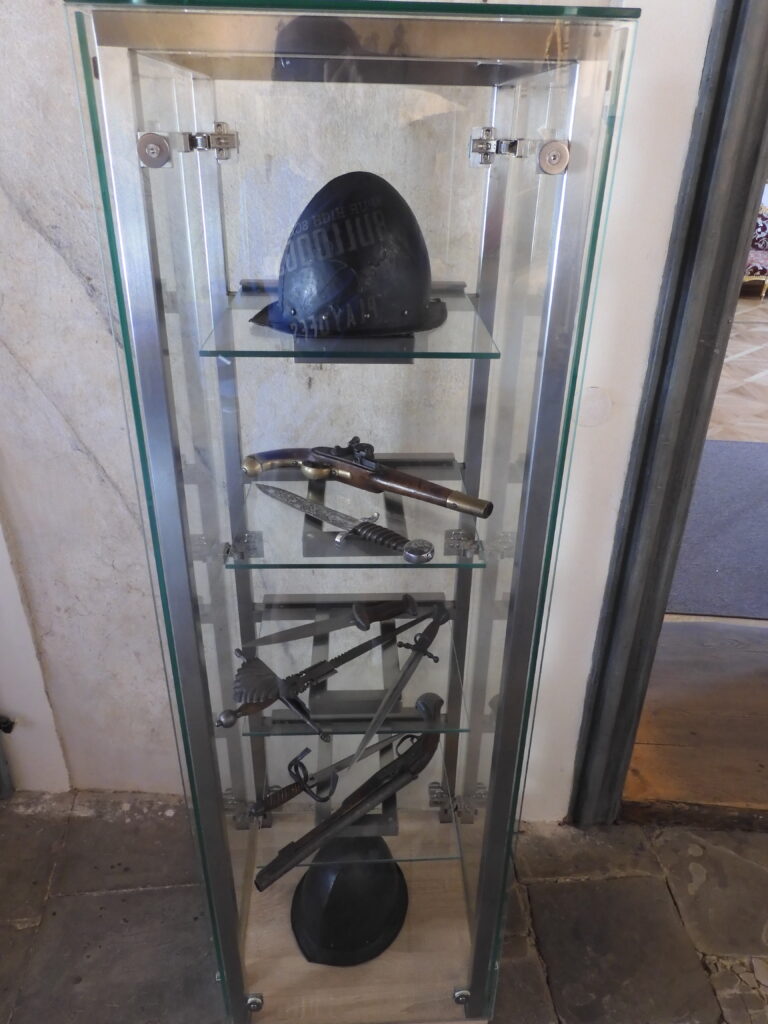
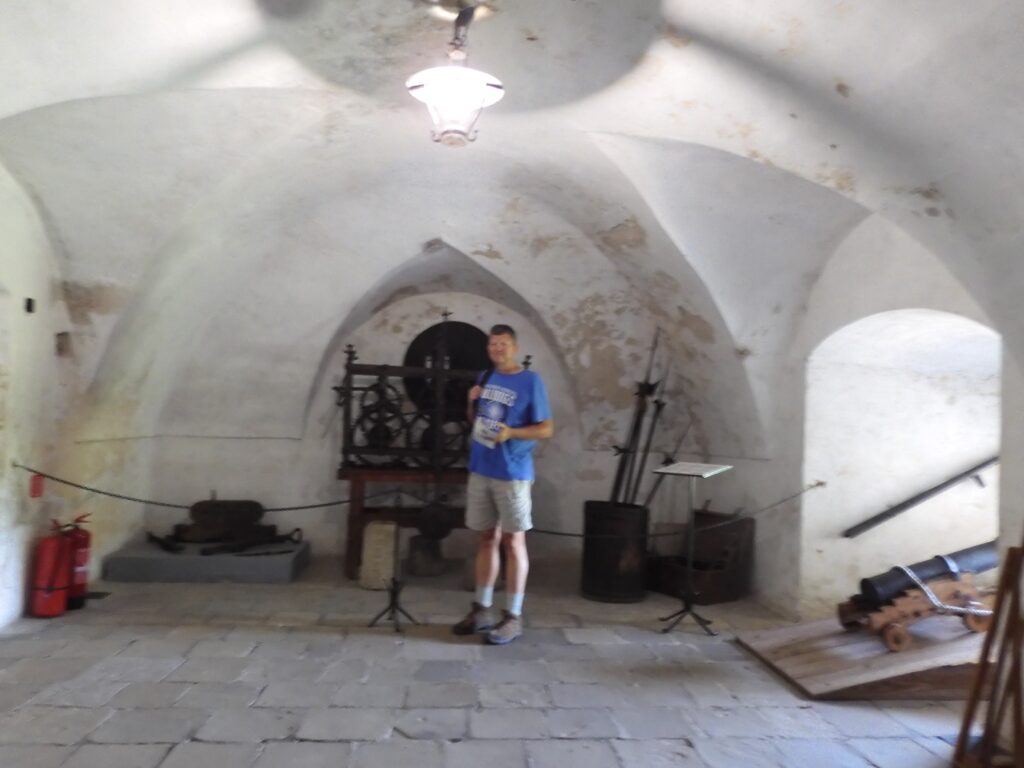
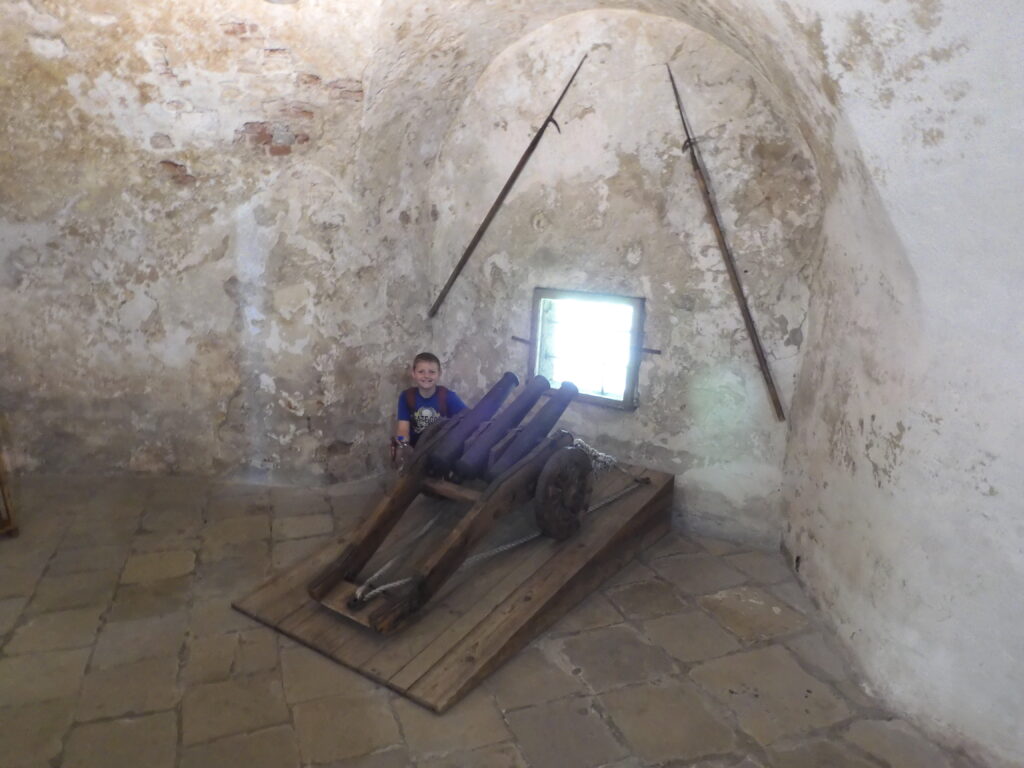


We walked around Orava Podzemok a bit, then rode the bus system back to Ruzomberok. Once there, we did some grocery shopping and walked the markets in the town square logging another three miles or so. Back in the apartment, Caleb chatted with the “K” sisters for a few minutes while I worked on my write ups. I decided we ought to try an authentic Slovak restaurant if I could find one. I searched a bit online, but didn’t find anything obviously close. I decided to ask Pavol for a recommendation, at which point he put himself in the AirBnB host hall of fame. He said it might be difficult to explain how to get there, and offered to just come give me a ride up to the restaurant he considered best. I tried to convince Pavol and Marta to join us for supper, but they insisted on giving us a tour of some of the resort highlights of their town, then dropping us off at a beautiful log restaurant in the mountains. It did have delicious Sloval specialties. I started with Kapustnica, a sauerkraut based soup with similar chunks in it to the other Central European soups I had tried. For my main course, I ordered Bryndzove Halusky, which is tiny dumplings in a sea of liquid sheep cheese. It has chunks of sausage and bacon in it. I think my children who have texture aversions might not like it, but I thought it was very tasty. It would have been fine if I had been able to sleep it off.
Unfortunately, I had to carry it back over another four miles. Pavol had mentioned that I could either take a bus back or catch a taxi. By the time we were finished eating at this remote resort location, it was after eight. I never saw a bus running my direction the entire evening. I called over half a dozen taxis, and none of those who answered could speak English. I tried to carefully pronounce my location, I tried to text it, to spell it… but nothing worked. It was soon apparent that the only way to get back was afoot, some 6 kilometers. This would have been no big thing, if I hadn’t already traversed some 9+ miles already on foot that day. There was no way Pavol could have known this was in the works, so I was not angry, but by the time we slunk into the house just before 10:00 p.m., I was ready to get off my feet.
We made an attempt to visit Vlkolinec Saturday morning, but it just wasn’t meant to be. Vlkolinec is a log cabin village where people live without power or machines, the way they did in the 16th century. I do not think they do this for religious reasons like the Amish, but the result would be similar. There are no roads to their village, so it is a logistical challenge to get there. I figured we could walk the mile to the bus station, take a different city bus to the ski lift, ride the ski gondola a good way up the hill, then only have to walk 3km each way to see this village. This would put us a long way and a lot of connections from the place our departure bus was leaving from that afternoon. I could make it work, though, as long as we managed time well. I was able to navigate the local bus system, but it turned out they only ran once every two hours on the weekend. Fine, I would call a cab to get us up to the ski lift, then make sure I knew when the last bus left the ski lodge that would get us to the main bus station in time for our departure. A crashing thunderstorm moved in a few minutes before we arrived at the ski lodge. We waited to purchase our gondola ticket under an awning watching the stream swell as it rolled by. During a break in the storm, we decided to take the gondola up the hill and see what it looked like up there. This cost us almost nothing, because no one wanted to ride the gondola in the rain. It started raining steadily again at the top of the hill. Caleb got cold. We did not want to walk a dirt trail six kilometers through the mountains in a thunderstorm. We decided just to wait out the storm in the bus station so there would be no chance of missing a connection. It was not a very productive sightseeing day, but we were able to make our bus without breaking a sweat. We also ate some of the really good soft crumbly sheep cheese I had purchased at the local market in Ruzomberok the day before.
